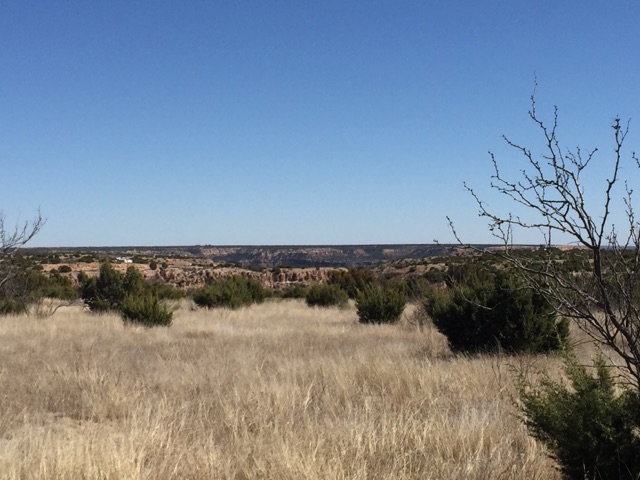Randall County Among Many to Implement Burn Bans
March 2, 2016
On February 9, 2016, the Randall County Commissioner’s Court met and voted unanimously to implement a burn ban.
According to Precinct One County Commissioner Christy Dyer, the ban was a result of different meetings being held with local experts.
“We talked to the Fire Chief, the Texas A&M Forrest Service, and looked at the Palmer Drought Severity Index,” Dyer said. “Then we gathered the information to make as informed a vote as we can.”
After speaking with the local experts, the Randall County Commissioner’s court decided that it was in the best interest of the county to implement a ban until further notice. This will prohibit burning in unincorporated areas of the county until further notice.
In grasslands, like the panhandle, dry grasses and shrubs are considered an extremely volatile source of fuel for grassfires. The dryer the fuel, the easier it is to ignite and spread rapidly.
Fire Chief James Amerson said the ban was prompted by a large amount of vegetation growth due to a wetter than usual year. As moisture levels fell, the vegetation dried up which in turn leads to a higher risk of a fire. “With spring winds, not only do we have a higher chance of a fire igniting, but we also have a higher chance of the fire then spreading,” Chief Amerson said.
Amerson also said that he doesn’t know when exactly we can expect the burn ban to be lifted, but the moment we start seeing green on the ground instead of brown, that would be a good indicator.
Troy Ducheneaux, regional fire coordinator at the Texas A&M Forest Service, said that just because Randall County doesn’t currently fall under the conditions required to be labeled a drought, doesn’t meant that the county isn’t dry. “Technically Randall County doesn’t meet the conditions of a drought,” Ducheneaux said, “Because we got so much rain early last year, the drought indexes say that we aren’t necessarily dry enough to need a burn ban.”
Ducheneaux also reaffirmed Amerson by saying that all of last year’s early precipitation led to an increase of vegetation that is now at a high risk of igniting due to prolonged dryness. “We had the rain early, and it contributed to our yearly amount, but we haven’t received any recent moisture to keep the grass and shrubs alive,” Ducheneaux said.
According to the National Weather Service, nearly 30 inches of rain fell on the Randall County area, making it the seventh wettest year on record, and the wettest in recent memory.
The area experienced above-average rainfall and flash-floods from April through August before things dried up in September and finished out the year dry which is what eventually led to the need for this ban.



